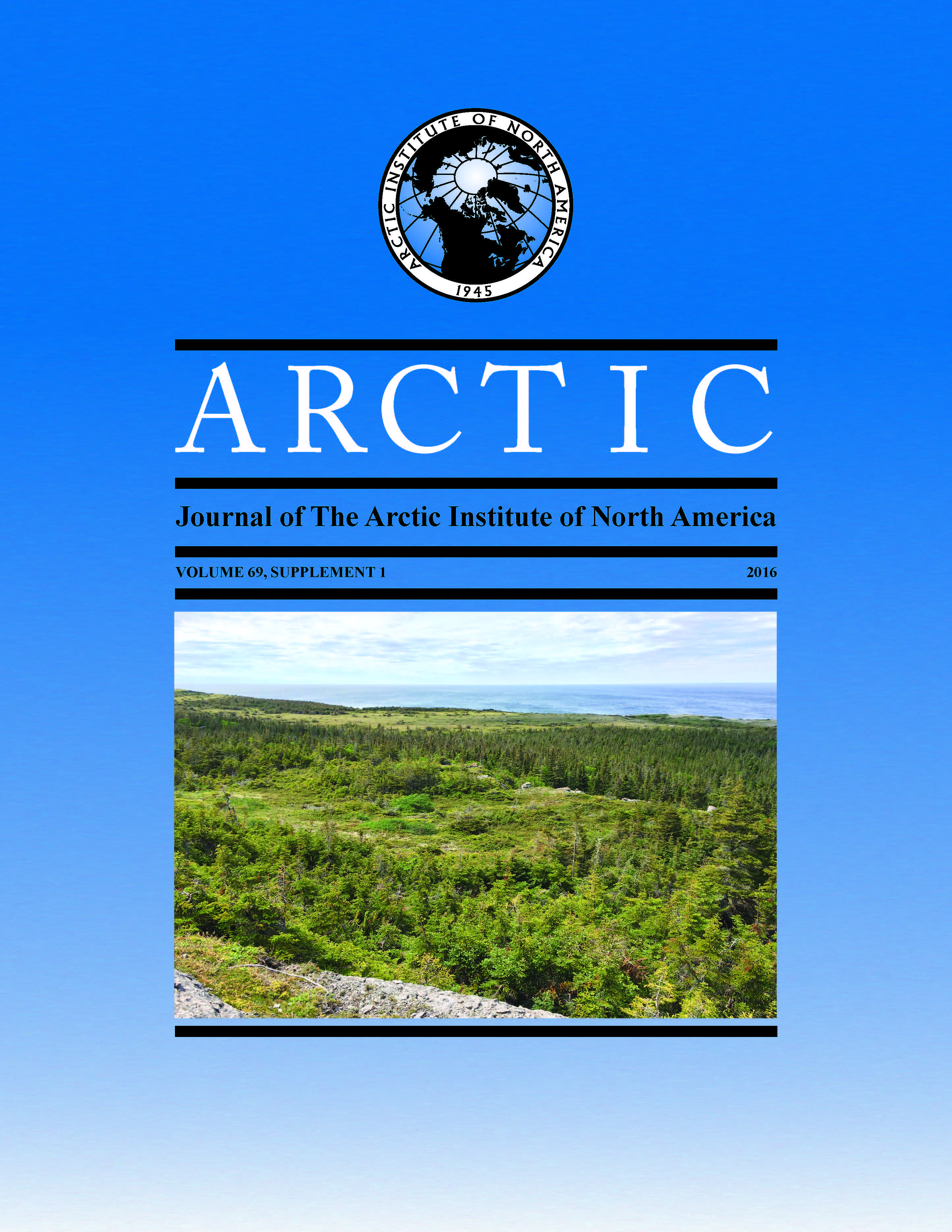Moravian and Inuit Encounters: Transculturation of Landscapes and Material Culture in West Greenland
DOI:
https://doi.org/10.14430/arctic4658Keywords:
West Greenland, Moravian missions, Inuit, material culture, landscape, transculturation, archaeologyAbstract
From 1733 to 1900, Moravian missionaries settled in West Greenland to missionize and teach. These activities resulted in local mission and settlement layouts that followed Moravian principles and at the same time adapted to local landscapes and Inuit traditions and subsistence practices. This article explores spatial data, objects, oral tradition, and written sources from sites at Uummannaq, Akunnaat (Lichtenfels), and Kangillermiut, West Greenland. At these sites, landscape use was transculturated, and the material culture changed among both the European missionaries and the local Inuit. Moravian missionaries traded European commodities for Inuit artefacts, and an Inuit industry evolved through creating souvenirs for the missionaries. At the same time, local Inuit material culture was influenced by the presence of the Moravians, who introduced written language, administrative birth numbers, goats, and new crafts such as European-style basket weaving. The cultural encounters at the three Greenlandic sites resulted in objects and practices that were cultural composites of European and Inuit ideals and traditions.


